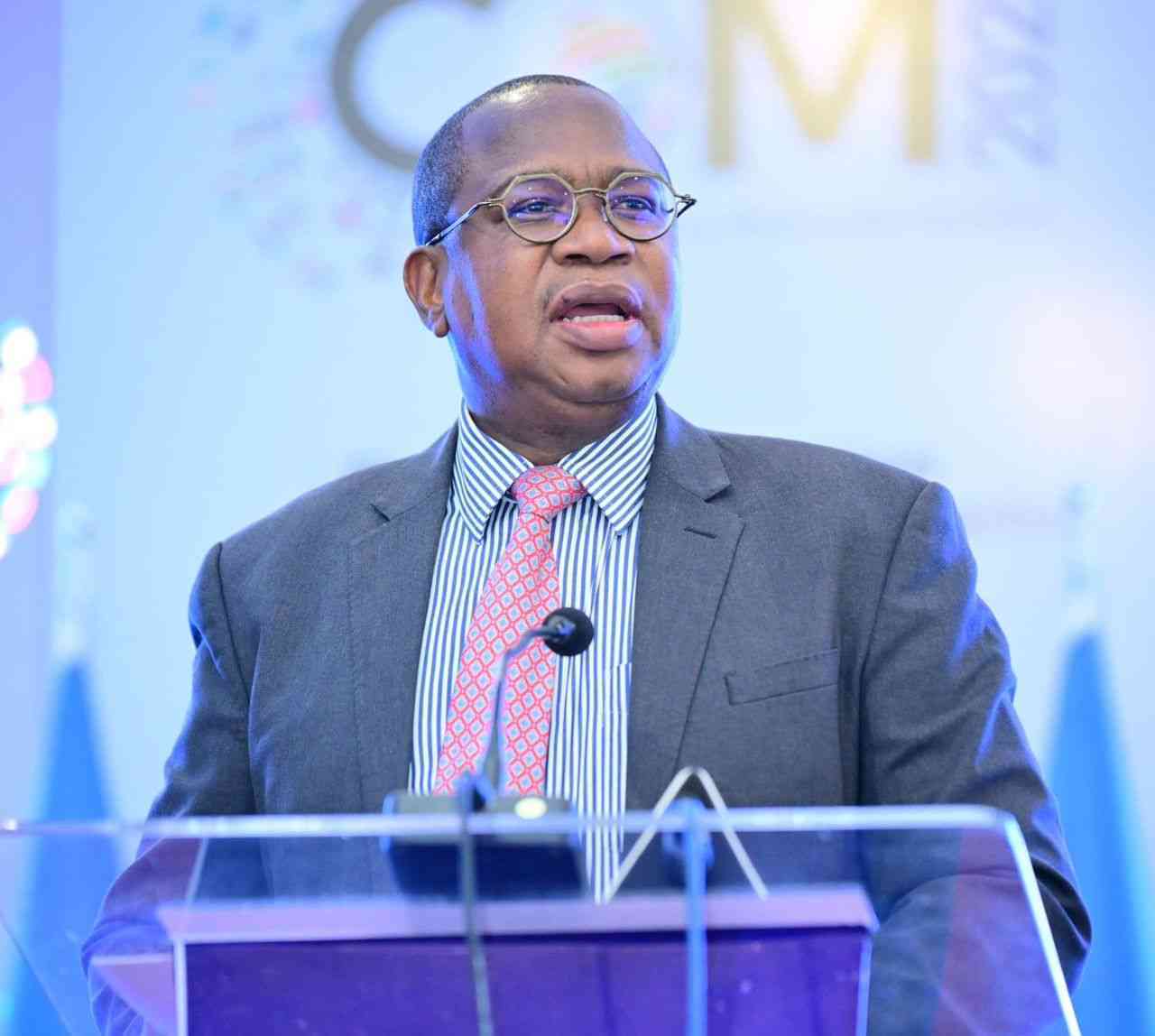
As the year begun, the Zimdollar continued on a depreciating path against the greenback. This week saw the auction market return to action after weeks of halt over the festive season.
In this week’s session, the first in 2023, the local unit pared -4.82% to settle at 1:705.4 against the US dollar. The week’s loss was the widest since mid-September 2022 highlighting the impact of demand accumulation over the festive period, when the market was closed.
It also gives a foresight into the interplay between the auction and parallel markets. The parallel market recorded wider Zimdollar losses over the period when the market was closed to date, in turn widening the parallel market premium.
The parallel market premium is now hovering around 45% from 34% in the last session conducted in early December. At its lowest, the parallel market premium narrowed to 19%, in September of 2022, following an implementation of robust tight monetary policy measures.
What the government did
Measures introduced in May 2022 were designed to cushion the rate of currency decline thus providing support for the currency. Some of the measures have since been scrapped or loosened while others have remained.
The most notable measures include introduction of gold coins as a ZWL liquidity siphoning mechanism and the increased liberalisation of the currency market to allow market discovery leading to currency stability.
Government’s review of contracts and payment mechanisms to contractors, also nipped currency volatility. Into the new year, RBZ has cautioned contractors against participation on the parallel market following recent payments to them.
- Drama around Ndebele king making a mockery of the throne
- Feature: The inevitable return of the greenback
- Umkhathi Theatre Works on King Lobengula’s play
- Econet introduces ‘Smart US Dollar bundles’
Keep Reading
What the situation tells us at face value is that there is still too much local currency chasing a lower level of forex in the market. This is interesting given that general economic levels are still way below historical highs (2018) while forex generation as at 2022 was almost double 2012 levels.
In these circumstances, bar the excesses of higher levels of imports by value, the currency should be able to stabilise. Failure of the currency to stabilise means the government is spending beyond its means and minting new money.
The overall stock of new money in the economy is growing at a disproportionate rate to the rate of production, despite periodic efforts to manage supply levels. In 2022, Zimbabwe is set to achieve the highest level of exports and general forex flows surpassing the US$11 billion mark. This should ensure a healthier balance of payments and help stabilise the currency. But this has not been the case as the Zimdollar continues to gravitate.
In 2022, the Zimdollar pared by 83,5% against the dollar completing four straight years of deep devaluation. In 2019 and 2020, the unit lost 80% apiece, before easing by 28% in 2021. 2022, was the worst year for the Zimdollar since its return in 2019.
The status quo is unsustainable and the 2023 budget gives every reason to be worried about the future of the economy and specifically the Zimdollar. Ramped up expenditure has an inflationary impact on the economy.
On the other end there is no sustainable stability which can be realised without growth.
It's a Catch 22 where caution and careful study of payoffs has to be done. The government is desperate to reignite effective growth post the austerity period while at the same time it is angling to decisively deal with inflation and currency stability. Growth is unavoidable if the currency is to be stabilised.
It is the nature of growth which is important to look at. The required growth is supposed to emanate from private sector led investments and not government.
Government will need to work on fundamentals which include institutional reforms.
An enabling environment will drive private investment both from within and without. A broader economic restructuring can give way for external debt resolution.
The challenge with organic growth.
Based on the developments of the last three years it is clear that government is pursuing an organic growth model leveraging own resources. This strategy is not sustainable and risk frequent currency volatility.
As has been the case this model is not only tapping from own resources but local borrowings.
These have increased the money stock through interests abetting currency implosion in the past. Own resources have also meant a payoff in social services and its delivery.
Gwenzi is a financial analyst and MD of Equity Axis, a financial media firm offering business intelligence, economic and equity research. — [email protected]











